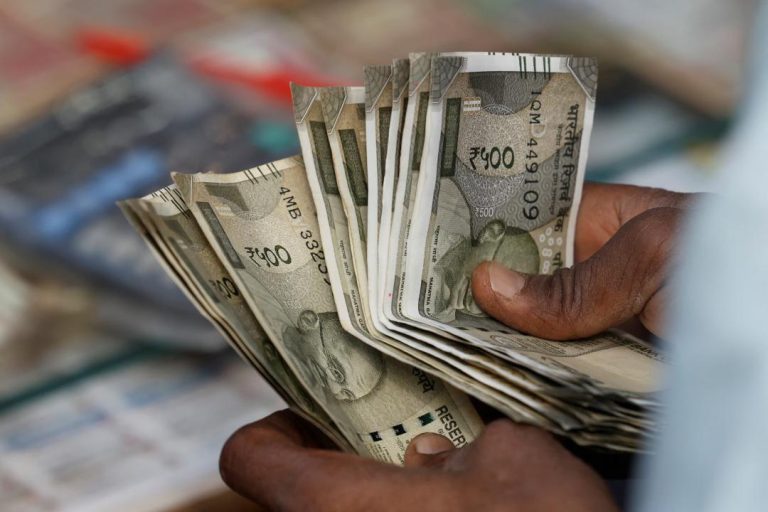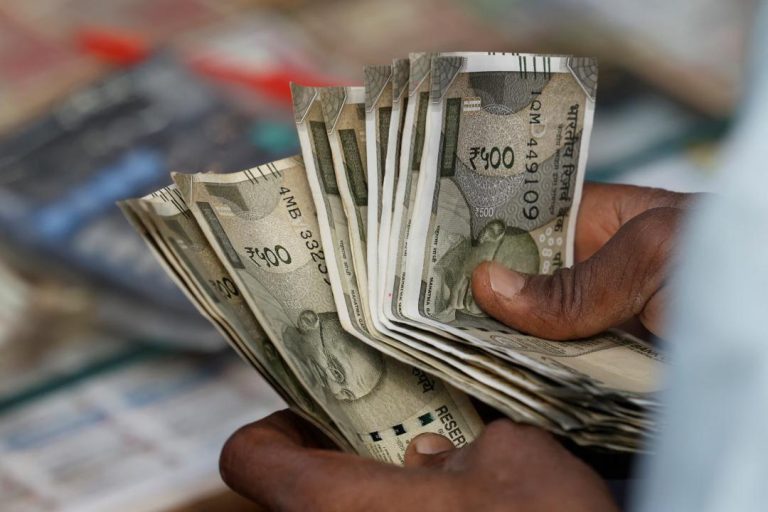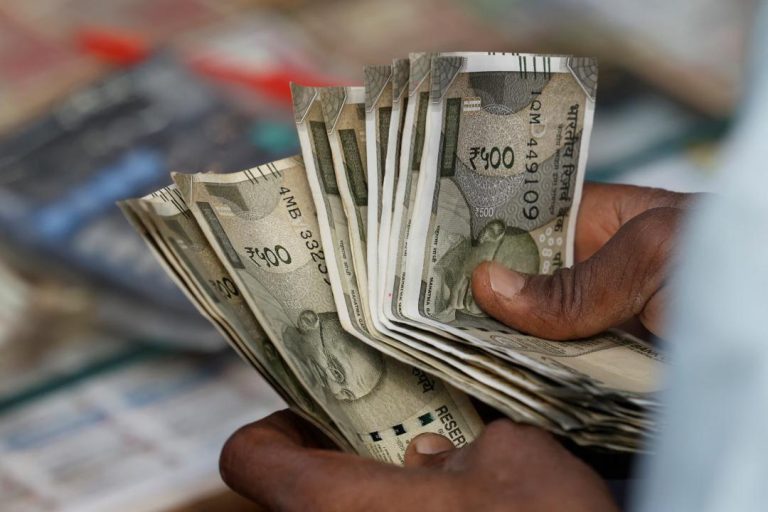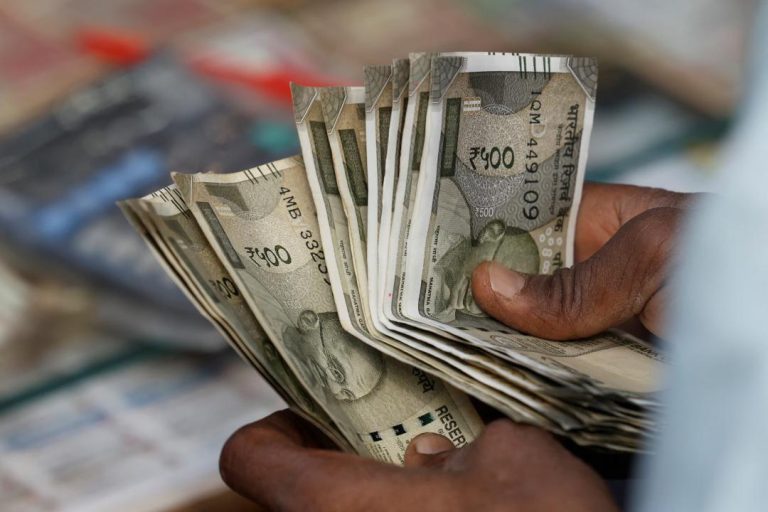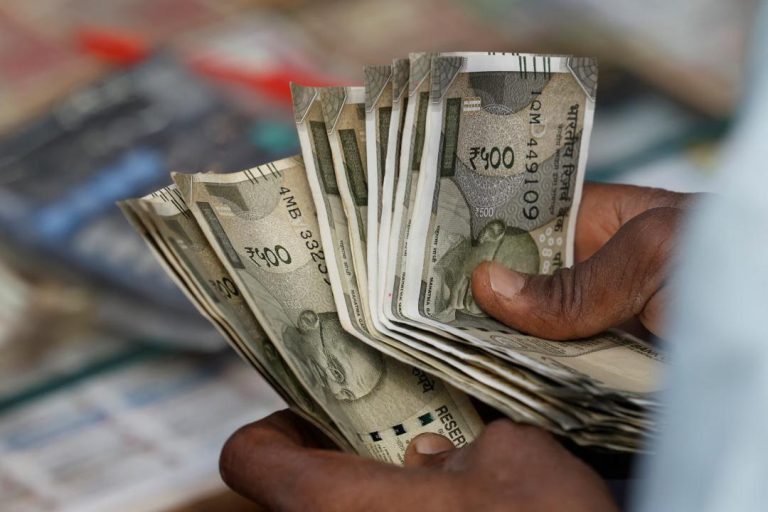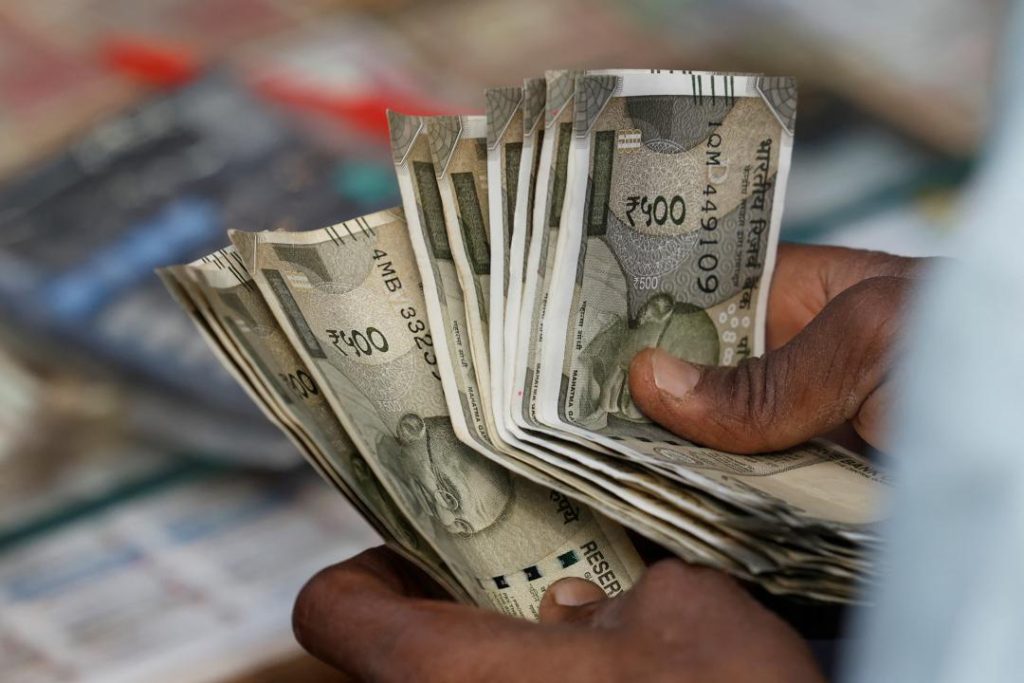
What got cheaper & costlier in March as CPI falls to 67-month-low of 3.34%?
India’s retail inflation, as measured by the Consumer Price Index (CPI), has fallen to a 67-month low of 3.34% in March, according to the data released by the Ministry of Statistics and Programme Implementation. This significant decline in retail inflation is a welcome respite for consumers, who have been grappling with rising prices in recent years. But what exactly got cheaper and costlier in March? Let’s take a closer look.
Prices of eggs, vegetables, and pulses see considerable declines
The prices of eggs, vegetables, and pulses saw a substantial decline in March, which contributed significantly to the decline in retail inflation. The prices of eggs fell by 11.4% year-on-year (y-o-y), while the prices of vegetables and pulses dropped by 12.1% and 15.1%, respectively. This is a significant relief for households, especially those in urban areas, who have been complaining about the high prices of these essential commodities.
Spices, meat, fish, housing, recreation, and amusement see marginal declines
While the prices of eggs, vegetables, and pulses saw significant declines, the prices of spices, meat, fish, housing, recreation, and amusement saw marginal declines in March. The prices of spices fell by 0.3% y-o-y, while the prices of meat, fish, and poultry products dropped by 0.4%, 0.5%, and 0.6%, respectively. The prices of housing, recreation, and amusement also saw marginal declines, with prices falling by 0.1%, 0.2%, and 0.3%, respectively.
Fruit prices see sizeable jump
However, the prices of fruits saw a sizeable jump in March, with prices rising by 14.4% y-o-y. This is a significant increase, and it may be a cause for concern for households that rely heavily on fruits as a source of nutrition.
Prices of cereals, milk, oil, sugar, confectionery, clothing, snacks, sweets, pan, tobacco, footwear, fuel, health, and education see marginal rises
The prices of cereals, milk, oil, sugar, confectionery, clothing, snacks, sweets, pan, tobacco, footwear, fuel, health, and education saw marginal rises in March. The prices of cereals rose by 1.1% y-o-y, while the prices of milk, oil, sugar, and confectionery increased by 1.3%, 1.5%, 1.6%, and 1.8%, respectively. The prices of clothing, snacks, sweets, pan, tobacco, footwear, fuel, health, and education also saw marginal rises, with prices increasing by 1.2%, 1.4%, 1.5%, 1.6%, 1.7%, 1.8%, 2.1%, and 2.3%, respectively.
What does this mean for consumers and the economy?
The decline in retail inflation is a welcome respite for consumers, who have been grappling with rising prices in recent years. The decline in prices of essential commodities like eggs, vegetables, and pulses is particularly significant, as it will help households save money on their daily expenses. However, the sizeable jump in fruit prices is a cause for concern, and it may lead to increased expenses for households that rely heavily on fruits as a source of nutrition.
From an economic perspective, the decline in retail inflation is a positive sign, as it indicates that the economy is slowing down and prices are stabilizing. This is particularly significant, as the economy has been growing rapidly in recent years, leading to concerns about inflation and its impact on household budgets. The decline in retail inflation also provides a window of opportunity for the government to focus on other pressing issues, such as infrastructure development and job creation.
Conclusion
In conclusion, the decline in retail inflation to a 67-month low of 3.34% in March is a welcome respite for consumers, who have been grappling with rising prices in recent years. The decline in prices of essential commodities like eggs, vegetables, and pulses is particularly significant, as it will help households save money on their daily expenses. However, the sizeable jump in fruit prices is a cause for concern, and it may lead to increased expenses for households that rely heavily on fruits as a source of nutrition. As the government looks to focus on other pressing issues, such as infrastructure development and job creation, the decline in retail inflation provides a positive sign that the economy is stabilizing and prices are under control.
News Source:
